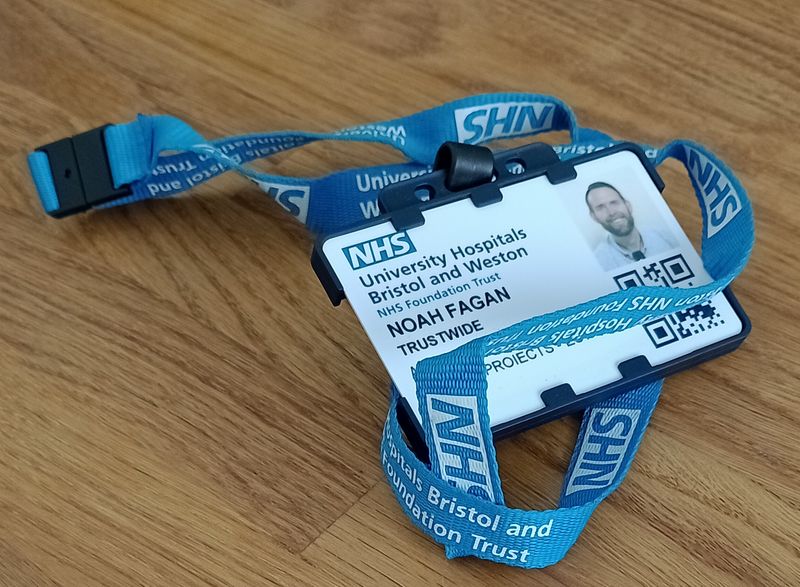While I was walking the coridoor during a hospital project recently, I was stopped by a member of the administration team, who asked if I needed help. Which is fair enough, I looked lost and was outside the publicly accessible areas.
It was a friendly approach, meant to challenge, but also to help.
After I identified myself, said what I was doing and prepared to move on, it happened, client wisdom. In a large institutional building, bustling with busy life, it would be easy to overlook the most important part: the people; those being treated and the ones doing the hard work.
In a short conversation I discovered a list of things that didn’t work the way they should, future plans for the area, personal views that add colour to the space and even a little gossip.
How wonderful, true insights from the people trying to do the best for others, guidance on how the architecture can best facilitate this and an impression of the care that is truly felt by the staff. As a professional, we must tap into this.
This situation typifies a cognitive dissonance in society right now: We know what we should do, lead by informed people who live it every day. We see a world changing around us. But legislation, budgets, time and bias seek to unpick this approach.
Let’s stop, be empathetic, listen as much as we can, and just like my conversation, seek to make a positive impact. Convince those at the top, to strategically motivate implementation for those in the middle, to meet the goals of those at the coal face.

